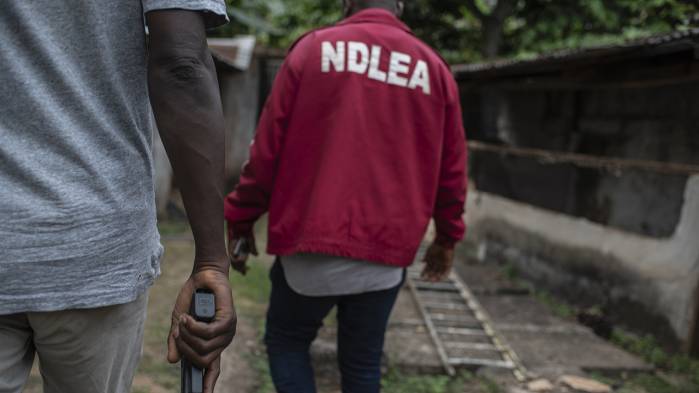The United Nations Children’s Emergency Fund, UNICEF, has estimated that about 80 adolescents will be dying every day of AIDS-related diseases by 2030 if current trends are not checked.
A report released by the organisation on Wednesday, said about 360,000 adolescents will die of AIDS-related diseases between 2018 and 2030 without additional investment in HIV prevention, testing and treatment programmes.
The report titled, “Children, HIV and AIDS: The world in 2030,” however, pointed out that “based on population projections, and at current trends, the number of 0-19 year-olds newly infected with HIV will reach an estimated 270,000 in 2030, decreasing by one third over current estimates.”
The document showed that the number of children and adolescent deaths from AIDS-related causes will decline from a current 119,000 to 56,000 in 2030, but noted that the rate of decline was slow especially among adolescents.
According to UNICEF Executive Director, Henrietta Fore, “The report makes it clear, without the shadow of a doubt that the world is off track when it comes to ending AIDS among children and adolescents by 2030. Programmes to prevent HIV transmission from mothers to babies are paying off but haven’t gone far enough, while programmes to treat the virus and prevent it from spreading among older children are nowhere near where they should be.”
The UNICEF report noted that by 2030, the number of new HIV infections among children in the first decade of life will be cut in half, while new infections among adolescents aged 10 to 19 years old will only decrease by 29 per cent.
“AIDS-related deaths are projected to decrease by 57 per cent among children below the age of 14, compared with a 35 per cent decrease among those aged 15 to 19 years,” it noted.
According to the report, nearly 700 adolescents aged between 10 and 19 are newly infected with HIV every day – or one every two minutes.
The report also noted that:
An estimated 1.9 million children and adolescents will still be living with HIV in 2030, mostly in Eastern and Southern Africa (1.1 million), followed by West and Central Africa (571,000), and Latin America and the Caribbean (84,000).
Currently, 3 million children and adolescents are living with HIV around the world, more than half of them in Eastern and Southern Africa.
Reductions in the number of 0-19 year-olds living with HIV between 2018 and 2030 will also vary by region, with the greatest decline in South Asia (close to 50 per cent) and Eastern and Southern Africa (40 per cent). By contrast, that number will only decline by 24 per cent in Central and Western Africa, the region with the second highest burden.
The report lamented the slow progress in preventing HIV among young children, as well as the failure to address the structural and behavioural “drivers” of the epidemic.
READ ALSO: Three Dons Emerge Co-Winners Of NAS 2018 Gold Medal Prize For Life Sciences
It said; “Many children and adolescents do not know whether they have HIV or not, and among those who have been found HIV-positive and put on treatment, very few adhere to that treatment.”
To address the issues therefore, the report recommended the following: family-centred testing to help identify and treat children living with HIV but not yet diagnosed; more diagnostic technologies at the point of care to improve early infant diagnosis; greater use of digital platforms to improve HIV knowledge among adolescents; adolescent-friendly services and targeted community outreach for adolescents.
Calling that urgent steps be taken to address the issues, UNICEF Executive Director, Fore posited: “We can’t win the fight against HIV if we don’t accelerate progress in preventing transmission to the next generation. We must maintain the sense of urgency to sustain gains made in the past decade – for both boys and girls. And to do this we must look to innovative and preventative ways of reaching the most vulnerable and at-risk young people.”











